How and why do we record our patient’s pulse during a clinical assessment?
A crucial part of a patient’s initial assessment is that of a pulse rate, a pulse can be palpated in any artery that is near to the surface of the body. What you are feeling is the alternating expansion and recoil of arteries during the cardiac cycle, therefore creating a pressure wave (Marieb Hoehn 2010).
We benefit from assessing the presence of a palpated pulse for several reasons. These include gathering information on the individual’s cardiovascular status, reassuring the patient and allowing regular monitoring of their vital signs. There are various locations that a pulse can be palpated and the closer to the heart the location is, the stronger the pressure will be.
The radial pulse is easily accessible and readily used during assessment. A radial pulse can be palpated by following these few easy steps:
- Explain the procedure to the patient.
- The radial artery can be palpated at the wrist, on the thumb side other wise known as the radial side of the inner aspect of the forearm. (Allan MA and Marsh J, 2004. History and examination 2nd Mosbys crash course. Edinburgh: Mosby). Place the first, second and third finger along the artery and apply gentle pressure until you feel the pulse.
DO NOT – Use your thumb
DO NOT – push too hard (this will occlude the artery)
- Palpate the radial pulse for 60seconds – if the pulse rate is regular you can count for 15 secs and x4 to get the beats per minute (BPM).

What are we feeling for?
When you palpate a radial pulse, you are feeling for the rate, rhythm and volume. Therefore, it is helpful to know what the normal heart rate is and in an adult patient you would be expecting a range of 60-100 (Allan 2004). Your recordings should be noted.
The rhythm should be regular and if not, then this should be noted, this may be normal for a patient who has been diagnosed with a cardiac arrhythmia that is known to disrupt the regularity of the normal rhythm of the heart. Again, this irregularity should be noted.
The volume reflects the strength of the pulse, a pulse that is palpated and described as bounding could be associated with high cardiac output such as when we exercise, are stressed or hot for example. A weak pulse would be hard to palpate and may occur as a result of poor cardiac output for numerous reasons such as hypovolaemia/ shock. If a thready/ weak pulse is palpated your patient is likely to have low blood pressure and feel and look generally unwell. (Douglas G, Nicol EF, Robertson C, et al, 2005. Macleods Clinical examination. 11th ed. Edinburgh: Elsvier Churchill Livingstone)
Record your findings on the patient record eg: highlighting any abnormal findings.

Tips:
- Ask your patient to sit still and keep them calm, this will make palpating a radial pulse much easier.
- A cold patient may not have a bounding radial pulse.
Written by Nina Preston (Trainer Engagement Officer), Wednesday 29th May 2019













